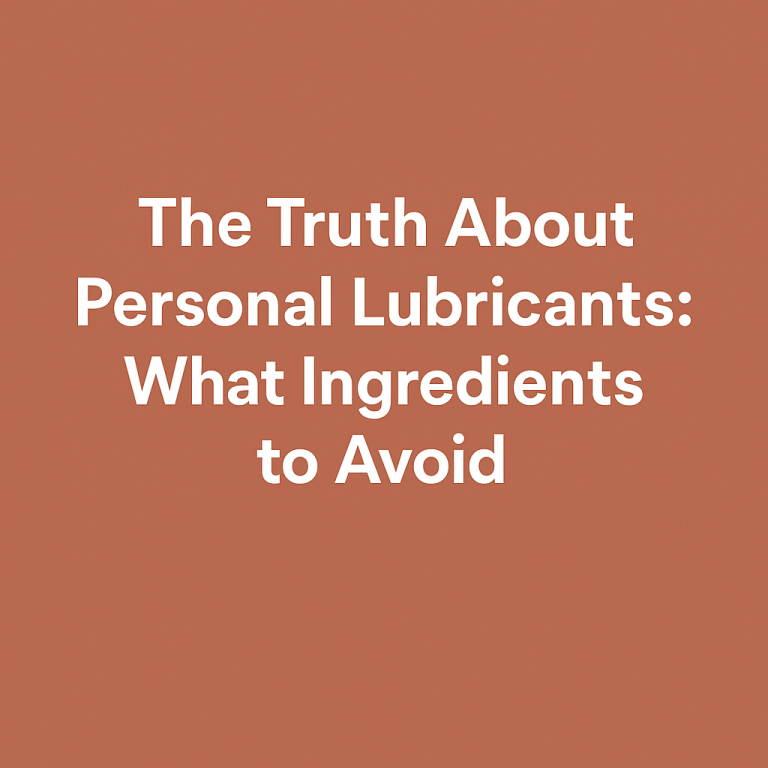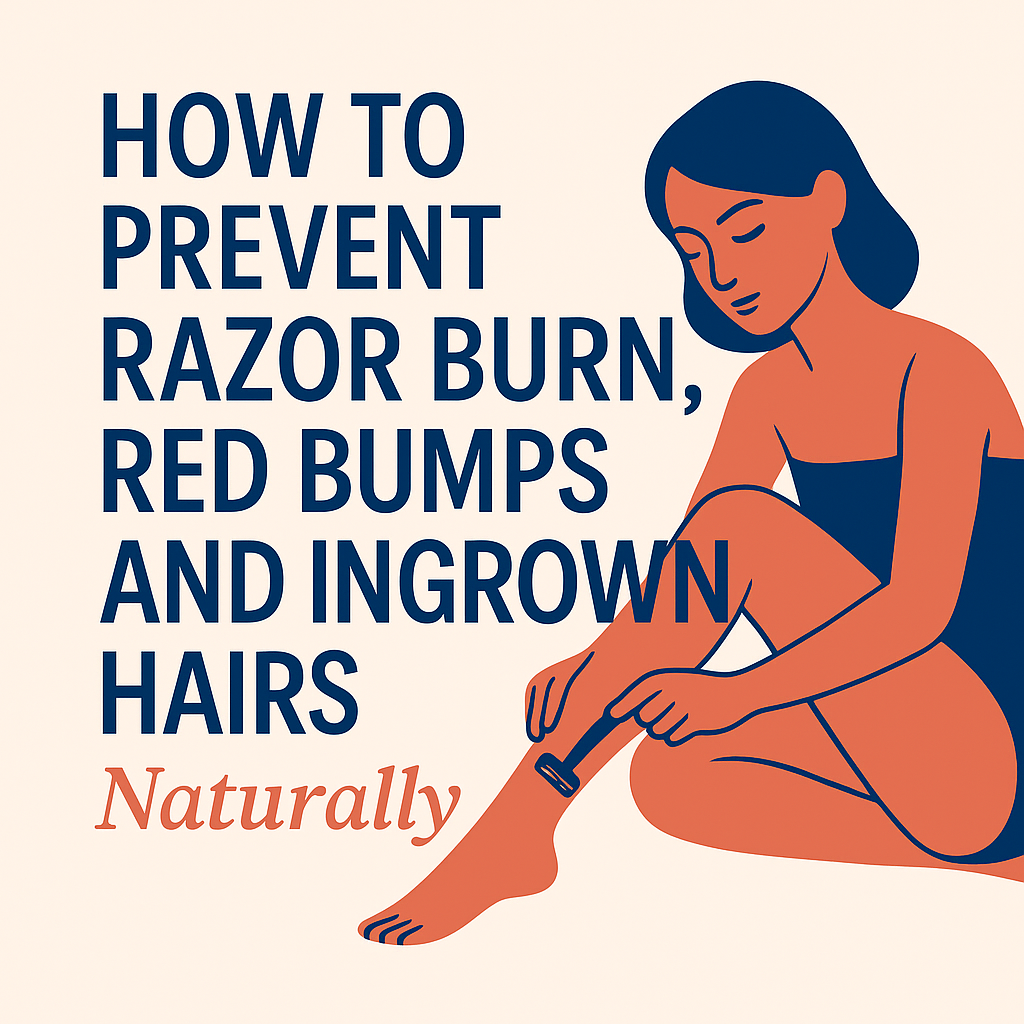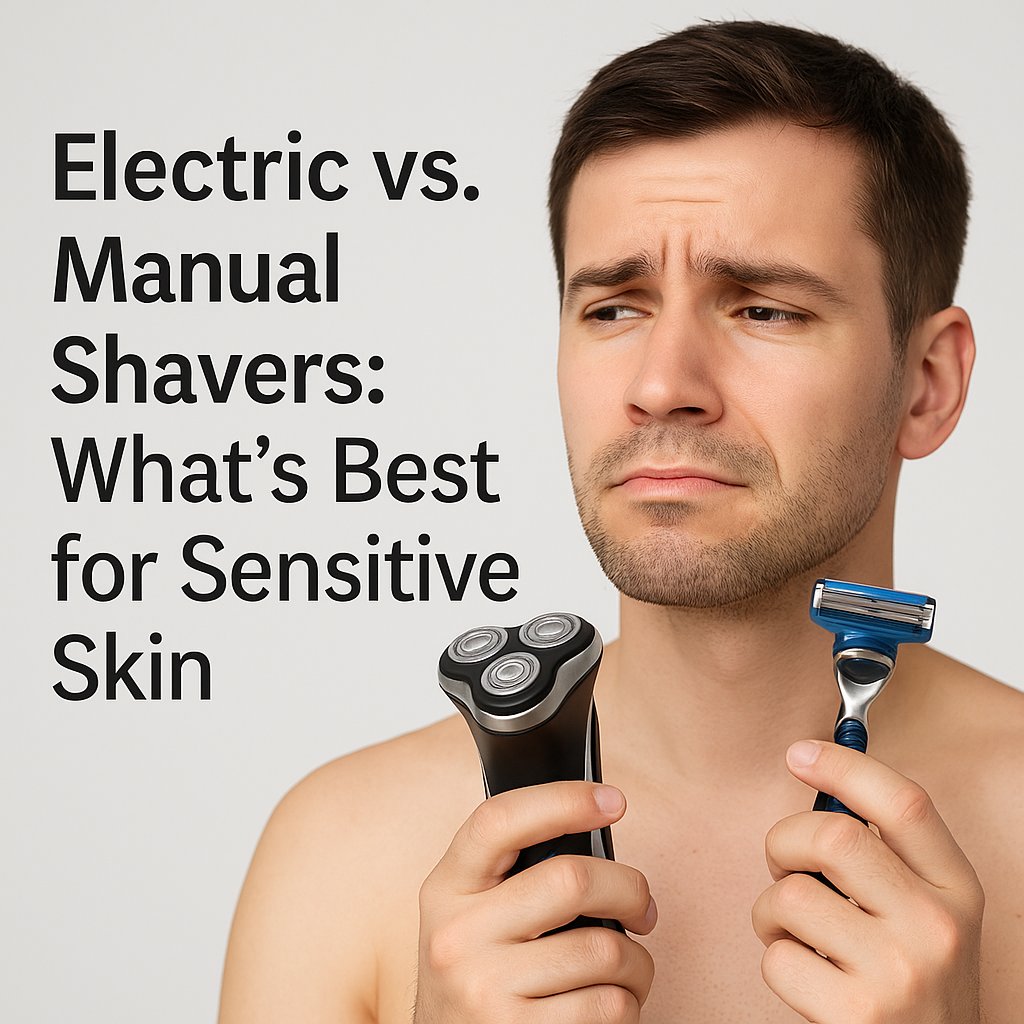Personal lubricants are a helpful addition to intimacy and self-care routines — but not all lubes are created equal. Many commercial brands include ingredients that can cause irritation, allergic reactions, or long-term health issues. Let’s uncover what to avoid and how to choose safer options.
🚫 Top Ingredients to Avoid
1. Glycerin
While glycerin helps retain moisture, it can also feed yeast — leading to infections, especially for women prone to yeast imbalances.
2. Parabens (e.g., methylparaben, propylparaben)
Used as preservatives, parabens are suspected endocrine disruptors and may be linked to hormonal imbalance and skin irritation.
3. Petroleum-Based Ingredients
Products like mineral oil and petroleum jelly can create a barrier that traps bacteria and are not compatible with latex condoms.
4. Chlorhexidine
This disinfectant is sometimes added to kill bacteria but can throw off natural pH balance and harm beneficial flora.
5. Fragrance and Dyes
Artificial scents and colors serve no purpose except to irritate sensitive skin and increase the risk of allergic reactions.
✅ What to Look For Instead
- 100% silicone-based lubes (like Sinsation, available on this site) — hypoallergenic and long-lasting
- Water-based lubes with minimal ingredients
- pH-balanced and fragrance-free formulations
- Certifications like “paraben-free” or “gynecologist tested”
💡 Quick Tips Before You Buy
- Always check the ingredient list
- Test new lubes on a small skin area first
- Avoid anything labeled “warming” or “tingling” if you have sensitive skin
🔗 Our Recommendation
Try Sinsation 100% Silicone Personal Lube — it contains only one ingredient, no preservatives, and is safe for sensitive skin, intimate areas, and even taming dry flyaway hair.
Conclusion
When it comes to your body, less is more. Choose lubricants with safe, simple ingredients — your skin (and your partner) will thank you.



